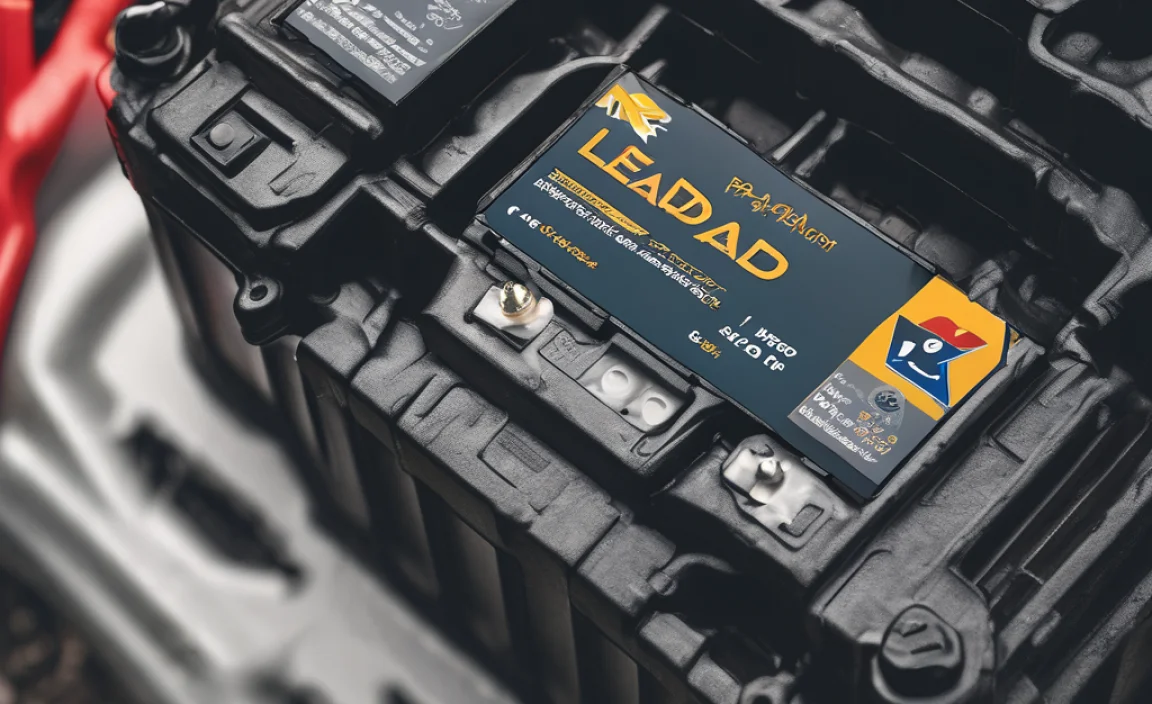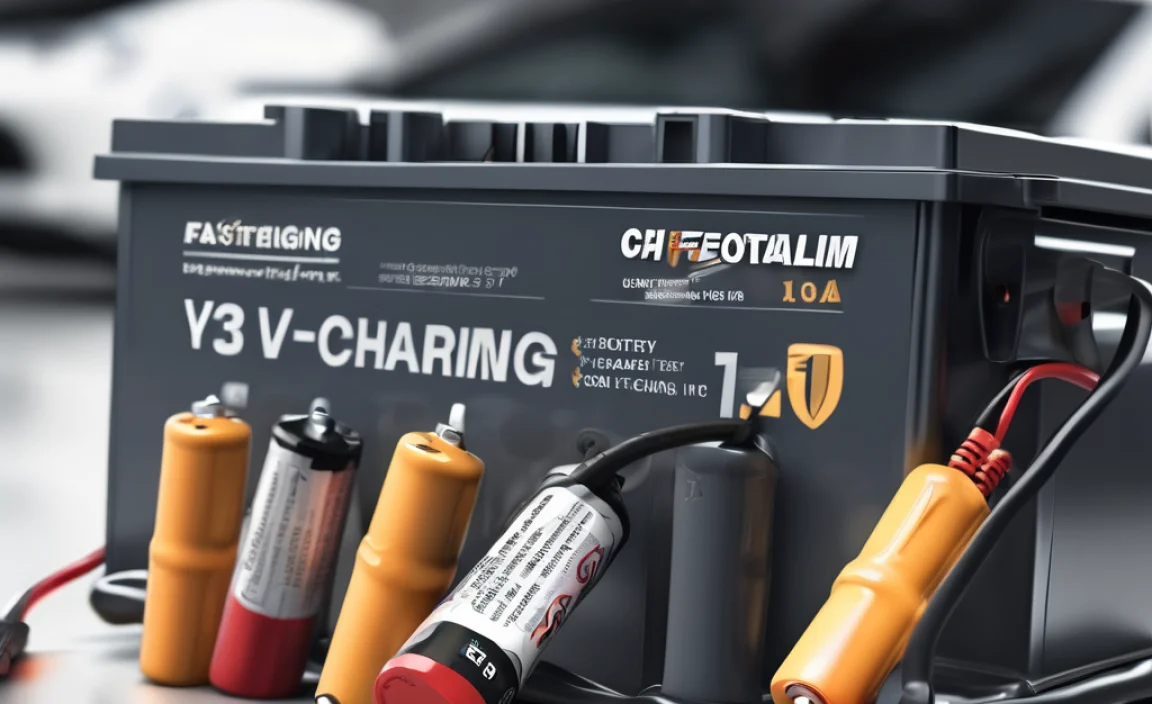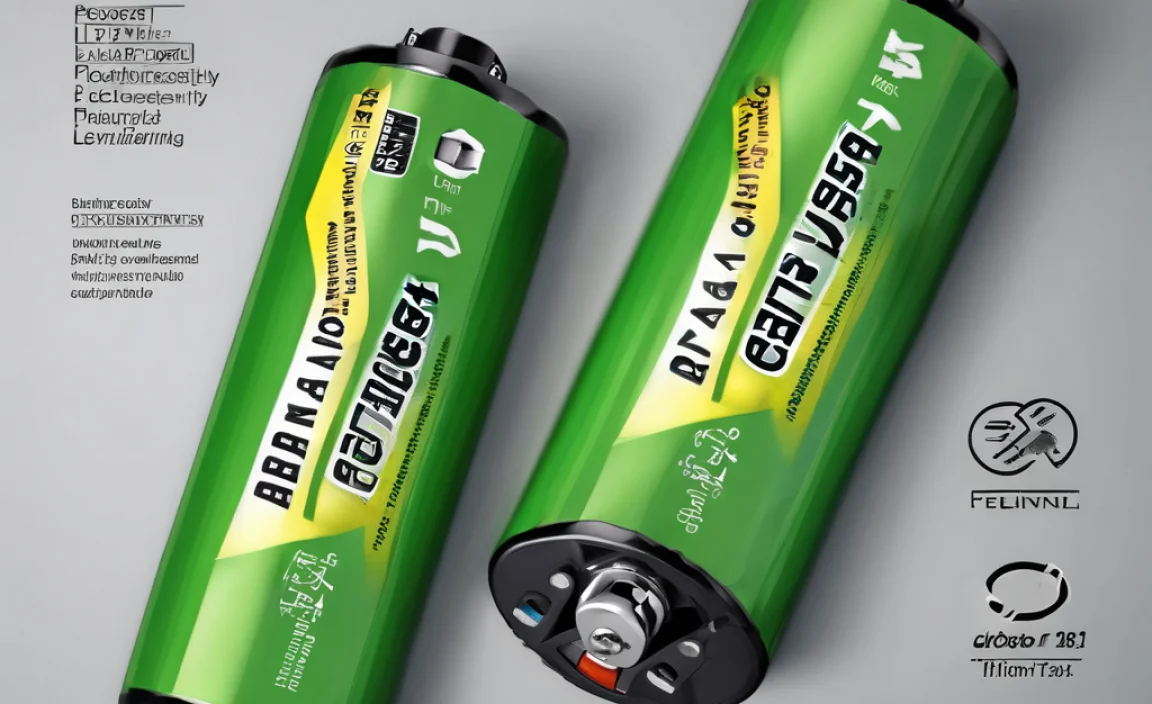RV Batteries: 6V vs 12V – Power Choice!
Choosing the right RV batteries is a fundamental decision for any RVer, impacting everything from how long you can stay off the grid to the reliability of your appliances. When delving into the world of RV power, you’ll inevitably encounter the age-old question: 6v or 12v batteries for RV? While both have their place, understanding their fundamental differences, advantages, and disadvantages is crucial for making an informed choice that perfectly suits your nomadic lifestyle.
At first glance, the distinction between 6-volt and 12-volt batteries might seem straightforward – one simply provides half the voltage of the other. However, in the context of RV systems, this voltage difference translates into distinct choices in battery configuration, charging, and overall system design. Deciding between 6-volt and 12-volt batteries isn’t just about a number; it’s about optimizing your power delivery, capacity, and ultimately, your freedom on the road.
Understanding the Voltage Difference
The core difference lies in their electromotive force, measured in volts. A 12-volt battery cell generates roughly 12 volts, while a 6-volt battery cell generates around 6 volts. This fundamental metric dictates how these batteries are used and integrated into an RV’s electrical system.
In an RV, you’ll rarely see a single 6-volt or 12-volt battery powering the entire setup. Instead, multiple batteries are wired together in series or parallel to achieve the desired voltage and amp-hour (Ah) capacity.
Series Connection: When batteries are wired in series, their voltages add up. Two 6-volt batteries wired in series will create a 12-volt output. This is a very common configuration for 12-volt RV systems.
Parallel Connection: When batteries are connected in parallel, their amp-hour capacities add up, but the voltage remains the same. Two 12-volt batteries wired in parallel will still provide 12 volts, but with double the amp-hour capacity.
This ability to combine batteries to achieve a higher voltage or greater capacity is what makes both 6-volt and 12-volt options viable for RV applications.
The Case for 6-Volt Batteries in RVs
For many RVers, particularly those focused on deep-cycle applications and longevity, 6-volt batteries are the preferred choice. The primary reason for this preference lies in their construction. To achieve a 6-volt output, these batteries typically have thicker plates and more robust internal components compared to a standard 12-volt battery of similar physical size.
This robust construction translates into several key advantages:
Deeper Discharge Capabilities: 6-volt deep-cycle batteries are generally designed to withstand deeper discharges without significant damage or reduction in lifespan. This means you can draw more power from them before needing to recharge, which is highly beneficial for off-grid living or extended boondocking.
Longer Lifespan: The thicker plates and more durable construction contribute to a longer overall service life. If you’re looking for a battery bank that will last for many years and through numerous charge/discharge cycles, 6-volt batteries are an attractive option.
Higher Amp-Hour Capacity per Bank: While a single 6-volt battery has a lower voltage, a bank of two 6-volt batteries wired in series to create a 12-volt system can rival or even exceed the amp-hour capacity of a single 12-volt battery. This often means you can achieve a larger overall amp-hour capacity with fewer individual battery units, potentially saving space and simplifying wiring in some cases.
Flexibility in Configuration: By using 6-volt batteries, you have the flexibility to build a 12-volt system (two in series), a 24-volt system (four in series), or even a 48-volt system (eight in series), depending on your power needs.
However, using 6-volt batteries also comes with considerations:
Configuration Complexity: To create a 12-volt system, you’ll always need to wire them in pairs, meaning you’ll have an even number of batteries in your bank.
Weight and Size: 6-volt deep-cycle batteries are often heavier and physically larger than their 12-volt counterparts due to their robust construction, which can be a factor in weight-sensitive RVs.
The Popularity of 12-Volt Batteries for RVs
Despite the advantages of 6-volt batteries, 12-volt batteries remain incredibly popular in the RV world, and for good reason. Their widespread availability, ease of integration, and straightforward system design make them a go-to choice for many RV manufacturers and owners.
Here’s why 12-volt batteries are so prevalent:
Simplicity and Standardization: Most RV appliances and accessories are designed to run on 12 volts. This means a 12-volt battery system directly powers most of your equipment without the need for voltage converters for common devices.
Ease of Expansion: If you need more power, you can simply add more 12-volt batteries in parallel to increase your amp-hour capacity, maintaining the 12-volt output. This is a very straightforward way to scale your power system.
Wide Availability and Variety: 12-volt batteries are ubiquitous. You can find them in various types (lead-acid, AGM, Lithium) and capacities, making it easy to replace or upgrade individual batteries.
Lighter Weight and Smaller Size: Generally, a 12-volt battery is lighter and smaller than a 6-volt deep-cycle battery offering comparable cranking power, though this distinction shrinks significantly when comparing deep-cycle 12v to 12v banks built from 6v batteries.
The primary drawback of 12-volt batteries, especially when focusing on deep-cycle performance, can be:
Shorter Lifespan with Deep Discharges: Compared to specialized 6-volt deep-cycle batteries, standard 12-volt deep-cycle batteries may have a shorter lifespan if consistently discharged to a significant percentage of their capacity. This is because their plates are typically thinner.
Making Your Final Decision: 6v or 12v Batteries for RV?
The choice between 6v or 12v batteries for RV ultimately boils down to your specific needs and priorities.
Opt for 6-volt batteries if:
You prioritize longevity and a robust, deep-discharge capable battery bank.
You plan for extensive off-grid living and need to maximize power from each discharge cycle.
You are comfortable with the wiring and configuration involved in building a series/parallel bank.
Weight and space are not primary constraints for your battery installation.
Opt for 12-volt batteries if:
You value simplicity and a direct, plug-and-play solution for powering most RV appliances.
You want the easiest path for system expansion by adding batteries in parallel.
You are replacing existing batteries or need readily available options.
* Weight and space are significant considerations, and you can achieve your desired capacity with fewer, smaller 12-volt units.
It’s also essential to consider the type of battery technology within these voltage options – whether flooded lead-acid, sealed AGM, or the increasingly popular lithium-ion. Lithium batteries, regardless of voltage, offer significant advantages in weight, charging speed, and usable capacity.
By carefully weighing these factors against your individual RVing habits, you can select the battery system that will reliably power your adventures and keep you moving with confidence.





